Top sellers
VIREVOLTE
PAPER: €17.90
AZUR
PAPER: €17.90
LISERON
PAPER: €17.90
MODJO
PAPER: €17.90
JOLIE MOME
PAPER: €17.90
Fabric masks: information or misinformation ? By johanna
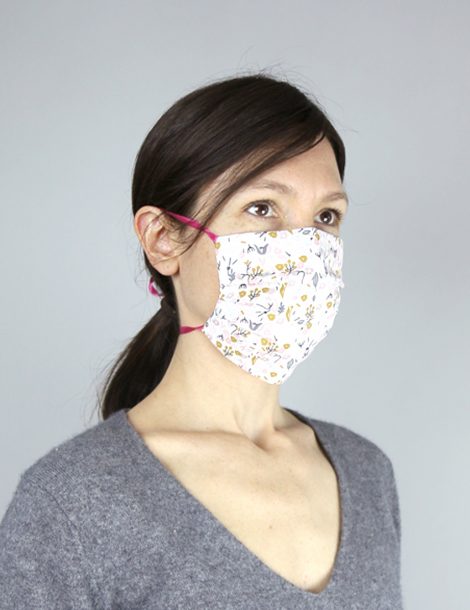
ARTICLE PUBISHED 31st MARCH, based on the AFNOR SPEC S76-001 guide dated 27th march 2020, relating to handmade barrier masks, in addition to the ASNM memo dated 24 th Mrch 2020.
Since lockdown begun in France, calls to make fabric masks have being growing on the internet. But the information being circulated about them can mean anything and everything.
Before sharing anything here, I wanted to separate fact from fiction. I’ve read all the reliable articles I could find on the internet, I’ve carefully considered the results of performance tests for fabric masks (because yes, there are some), and I’ve questioned a friend of mine at length who happens to be a doctor at Bordeaux University Hospital.
And the answer is clear: get your machines at the ready everyone, there is an urgent need to sew fabric masks!
DOWNLOAD THE FREE TUTORIAL HERE
I’ve come a long way to be honest; because to tell you the truth, initially I was more than a little skeptical about how useful these masks would be.
I started to change my opinion when a friend contacted me - she is a nurse at Charles Perrens, a psychiatric hospital in Bordeaux. And, as unlikely as it may seem, they have no PPE (Personal Protective Equipment). Some teams go so far as to cover their clothes with dustbin bags to try to protect themselves and their environment (or so it’s said). She contacted me to find out if I could make some masks, for her as well as for her patients, because PPE wear is in such short supply. Admittedly, these patients are not in this hospital to be treated for Covid-19, but the virus still circulates there. And it is imperative to protect one another.
Further to this call, my extensive research helped to give me clarity. I will try to summarize herewith the essential information I’ve read on the subject.
UNDERSTANDING HOW COVID-19 IS TRANSMITTED
According to the World Health Organization (WHO), the virus is transmitted by respiratory droplets expelled from the nose or mouth. The WHO states that someone is unlikely to contract Covid-19 whilst walking along a street, unless an infected person coughs or sneezes within one meter of them. The virus can be transmitted from objects, because the virus can survive on surfaces for several hours, but as bacteriologist Xavier Nassif points out, this is rare.
One characteristic of Covid-19 is that it is highly contagious. Indeed, an infected person can transmit the disease up to 2 weeks prior to the onset of symptoms. That’s not to mention healthy carriers who, irrespective of not having any symptoms, can transmit the disease all the same.
However, a healthy carrier would be less contagious compared to a person with symptoms given they don’t cough or sneeze. "Someone who has no symptoms could certainly be a carrier, but ultimately has little means of spreading the virus", says Jérôme Salomon, Director General of Health in France.
UNDERSTANDING DIFFERENT TYPES OF MASKS
First of all, I think it is important to understand the different types of masks, summarized in this table:
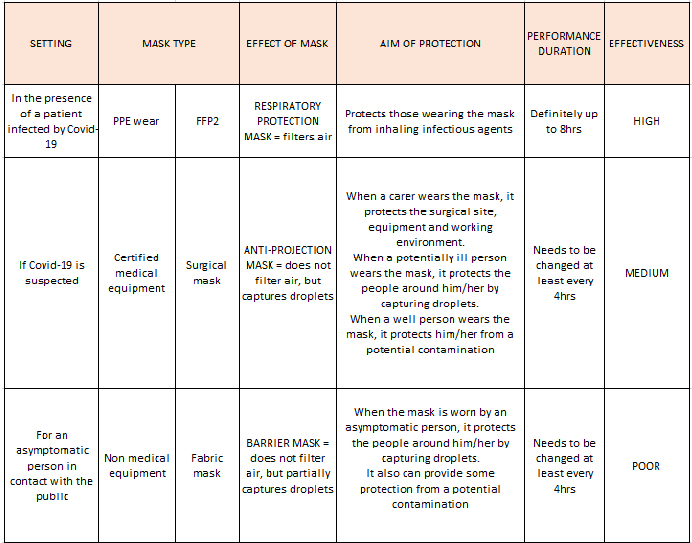
It’s important to understand that a fabric mask, also called a barrier mask, is not medical equipment. However, it can act as a first line barrier to partially capture the projections of droplets and help prevent hand-mouth contact. It will therefore improve your barrier efforts and thus protect your environment.
This is better than nothing at all, but BE CAREFUL IT DOESN’T GIVE YOU A FALSE SENSE OF SECURITY!!
FABRIC MASK AND PRECAUTIONS FOR USE
Fabric masks have been criticized by some doctors for the false sense of security that they give to those who are not aware of the safety precautions.
If used improperly, they can become ineffective and dangerous.
Because just as the WHO highlights for FFP2 masks and surgical masks, fabric masks must also follow these rules: "The mask is only effective if it is accompanied by frequent hand washing, using a hydroalcoholic solution or soap and water.” In addition, the mask must “cover the nose and mouth and be adjusted to fit your face as much as possible. You must not touch the front whatsoever when wearing it."
It is therefore important to:
- wash your hands before and after touching your mask, whether putting it on or taking it off,
- never touch your mask once it’s in situ,
- store it in a clean plastic bag until it is washed.
IS A FABRIC MASK REALLY EFFECTIVE ?
On 27th March 2020, the French standardization authority, AFNOR (Association Française of Normalisation) published a guide for both professionals and individuals regarding the design of barrier masks. The guide draws on the experience of more than 150 collaborating experts. We understand that a barrier mask is an additional barrier measure to limit the transmission of the virus. It is therefore not without interest given the current shortage of masks. To download the officia press release, go to this page. Your registration will also enable you to automatically receive any updates (in French).
Furthermore, I provide herewith the links to 3 studies carried out before 2019, as well as a brief summary of their conclusions:
- Can fabric masks protect against coronavirus ?
Conclusions : Homemade cotton masks capture 50% of 0.02 to 1.00 micron particles, whereas surgical masks capture 80%. Although surgical masks captured 30% more particles, the cotton masks performed surprisingly well. Researchers concluded that homemade masks would be better than nothing.
The results showed that humidity and time had very little impact on the effectiveness of any of the masks.
- What are the best materials to use when making a fabric mask ?
Conclusions: the fabrics were tested for their ability to capture particles and their breathability. The researchers concluded that thick cotton is the best choice. This material filters out around 50% of the 0.2 micron particles. It’s as easy to breathe through a thick cotton mask as it is through surgical masks, which makes them more comfortable to wear over several hours. Doubling the layers of material on your mask slightly increases filtration efficacy, but it can make it harder to breathe through the mask.
- To what extent do professional masks and homemade masks protect against respiratory infections ? (2008 study conducted during the SARS epidemic) . Conclusions: surgical masks provide approximately twice as much protection as homemade masks. FFP2 masks provide approximately 50 times more protection than homemade masks and 25 times more protection than surgical masks.
WHO ARE FABRIC MASKS SUITABLE FOR ?
Fabric masks are suitable for asymptomatic individuals who are likely to have a low to zero viral load, provided that the precautions for use detailed above are observed.
They could be very useful, if there are supply shortages, for:
- non-nursing healthcare workers
- district nurses
- cashiers
- food industry workers
- people working in care homes
- council workers
- postal workers…
MATERIALS
Whatever fabric is used, it will not be able to stop the virus because it is not medical equipment. The size of the virus is so small that only an FFP2 mask can actually filter it out.
A fabric mask will nonetheless provide partial protection. The most important thing is to NEVER touch the mask once it is in place and ALWAYS wash your hands BEFORE and AFTER touching it.
Regarding the main fabric, the best material to use is a thick poplin cotton type (see conclusions of the studies detailed above).
Furthermore, according to Dr Stéphane Gayet at Strasbourg University Hospital (CHRU), another material with microscopic filtration properties (e.g. felt or a vacuum cleaner filter) should be inserted between the 2 layers of fabric to stop micro-droplets which are emitted by coughing, loud speech or sneezing.
I gave up at this point for a while because I found it difficult to know exactly which fabric to use.
From what I have read, herewith my conclusions: the internal filter must be made from a nonwoven material to better stop micro-droplets from getting through. A nonwoven textile is “a textile that has fibers which are randomly entangled during the manufacturing process. The oldest example seems to be felt" source ici).
We therefore understand that the filter must not be made from a warp and weft type fabric (e.g. poplin, batiste, double gauze, satin, etc.…), or mesh (jersey, sweatshirt fleece, etc.….).
There are 2 types of options for non-woven material:
- washable (to be sewn between 2 layers of cotton): cotton wadding, quilting material, some fleeces, felt provided they are fine (be careful not all are nonwoven)
- disposable (slip inside the mask and throw away after each use): tablecloth, placemat, disposable pillowcase, coffee filter, anti-static cleaning wipe
To check if your material is nonwoven, you must look at its structure. . Try to tear it: : if it tears (even with difficulty) in any way, and small fibers shed from it, it is nonwoven. If it does not tear and you can see clear parallel lines, it isn’t nonwoven. If it does not tear and you can see clear parallel lines, it isn’t nonwoven.
Quilted cotton can therefore be a very good option since the quilting is made with a cotton type fleece. The criterion is to have thin enough material which does not impede breathing.
This link here has a fairly comprehensive database of tested materials showing their ability to let air through (breathability) as well as capture projections.
MASK PATTERNS
Above all, the aim of a barrier mask is to cover the face from the ridge of the nose to under the chin.
The advice from France's National Agency For Medicine Safety on March 24th 2020, stipulates that a fabric mask "must not have a sagittal seam (vertically in line with the mouth and nose)".
It therefore seems reasonable to suppose, that although no test has been conducted, a vertical seam passing through the nose, mouth and chin could reduce the performance of barrier masks. Notably therefore, it would be better to not use the pattern disseminated by Grenoble-Alpes University Hospital (CHU). However, if you have used this design for your sewn masks, you should not bin them just yet ... they may be less protective, but they are still more effective than nothing at all.
So, the design of a pleated mask seems to me to be the one to keep in mind.
I suggest you download a tutorial here that I made. I have endeavored to be as clear and precise as possible. I hope it will save you time!
DOWNLOAD THE FREE TUTORIAL HERE
CARE
According to the AFNOR SPEC S76-001 guide, after wearing your mask for a maximum of 4 hours, you should wash it at 60° on a 30+ minutes cycle (wetting + washing + rinsing), using a biological detergent. It should be dried thoroughly, preferably in a tumble dryer, before wearing.
CONCLUSION
So, what’s important to remember?
- a fabric mask is not medical equipment,
- a fabric mask improves barrier efforts: reduction of hand-mouth contact,
- a fabric mask prevents wearers from contaminating others with their spit,
- a fabric mask helps to emphasize social distancing: if you are seen wearing a mask, you can be sure that there will be more than a meter between you and other people,
- sewing a fabric mask helps to prevent shortages,
- sewing a fabric mask preserves the stock of FFP2 and surgical masks for caregivers,
- for good performance, it is preferable to choose thick cotton for the outer fabric and lining,
- for better performance, a "filter" in a non-woven material must be inserted between the first 2 layers,
- a fabric mask doesn’t remove the need for regular handwashing,
- to be effective, a fabric mask must be worn from the bridge of the nose down to under the chin,
- before putting on your mask, wash your hands and do not touch the mask once in place !
- if I have any surgical or FFP2 masks, I will offer them to healthcare workers.
SOURCES
https://www.afnor.org/actualites/coronavirus-telechargez-le-modele-de-masque-barriere/
https://www.entreprises.gouv.fr/covid-19/liste-des-tests-masques-de-protection
https://www.ansm.sante.fr/var/ansm_site/storage/original/application/e96eee7eaedc5ca9ca7d7a616d371a4e.pdf
https://www.ansm.sante.fr/var/ansm_site/storage/original/application/e96eee7eaedc5ca9ca7d7a616d371a4e.pdf
https://www.csfmodeluxe-masques.com/
https://solidarites-sante.gouv.fr/actualites/presse/communiques-de-presse/article/covid-19-strategie-de-gestion-et-d-utilisation-des-masques-de-protection
https://solidarites-sante.gouv.fr/IMG/pdf/port_masque_ps_ville.pdf
https://www.francebleu.fr/infos/sante-sciences/coronavirus-un-medecin-du-chu-de-poitiers-vous-explique-comment-fabriquer-ses-propres-masques-158471217
https://www.francebleu.fr/infos/sante-sciences/coronavirus-un-medecin-du-chu-de-poitiers-vous-explique-comment-fabriquer-ses-propres-masques-1584712177
https://www.gouvernement.fr/info-coronavirus
https://www.lemonde.fr/les-decodeurs/article/2020/03/19/le-masque-de-protection-fait-maison-une-fausse-bonne-idee_6033687_4355770.html
https://solidarites-sante.gouv.fr/soins-et-maladies/maladies/maladies-infectieuses/coronavirus/covid-19-informations-aux-professionnels-de-sante/article/covid-19-recommandations-de-protection-pour-les-personnels-de-sante
https://coutureetpaillettes.com/mes-coutures/masques-tissus-prevention-coronavirus
http://www.poledesante-bergerac.fr/node/332
https://www.sudouest.fr/2020/03/17/bergerac-en-mal-de-masques-les-professionnels-de-sante-donnent-le-mode-d-emploi-pour-en-coudre-7336482-1733.php
https://www.who.int/csr/resources/publications/swineflu/masks_community/fr
https://www.lemonde.fr/les-decodeurs/article/2020/03/19/le-masque-de-protection-fait-maison-une-fausse-bonne-idee_6033687_4355770.html
https://www.bfmtv.com/sante/masques-en-tissu-faits-maison-contre-le-coronavirus-est-ce-vraiment-une-bonne-idee-1878678.html
https://www.ch-stbrieuc.fr/IMG/pdf/tutoriel_masque.pdf
https://france3-regions.francetvinfo.fr/auvergne-rhone-alpes/coronavirus-covid-19-mieux-que-rien-fausse-bonne-idee-masques-tissu-sont-ils-vraiment-efficaces-1802942.html

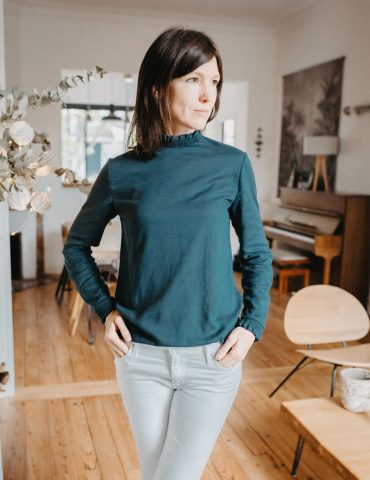 Happy New Year !
Happy New Year !
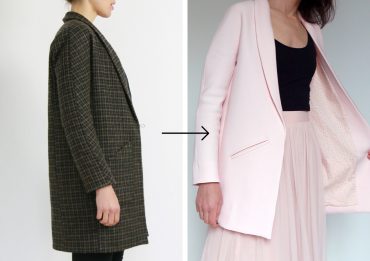 Shortening / Lengthening
Shortening / Lengthening
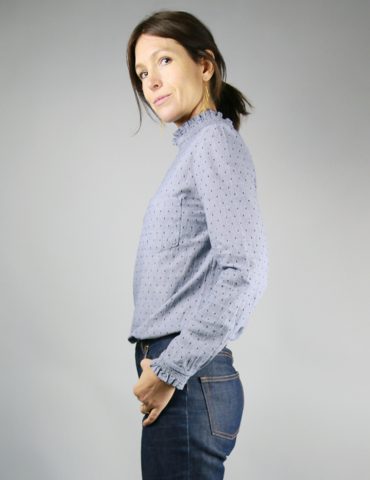 PASSION blouse
PASSION blouse


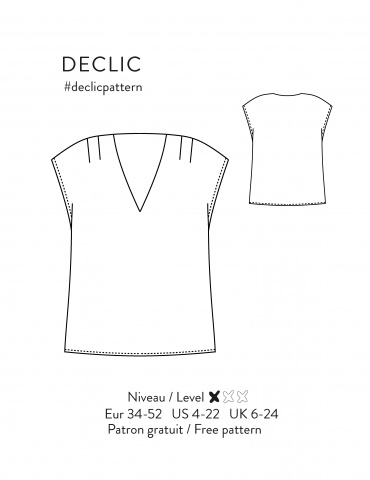



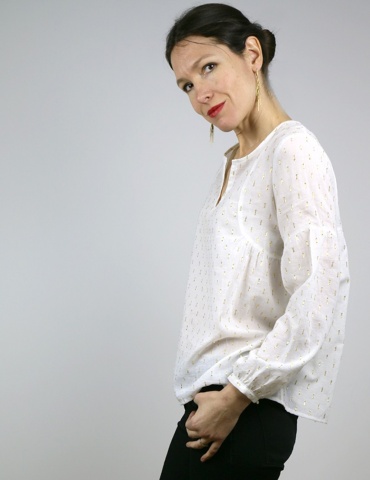

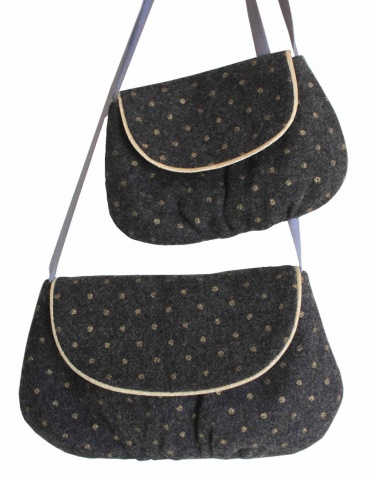
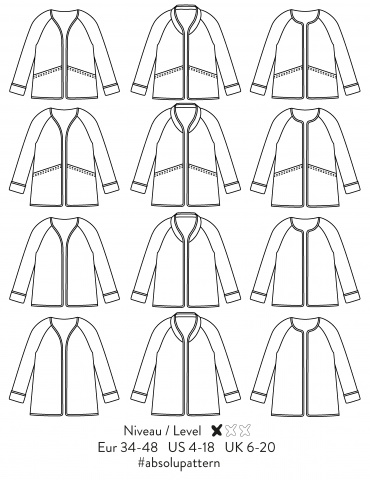

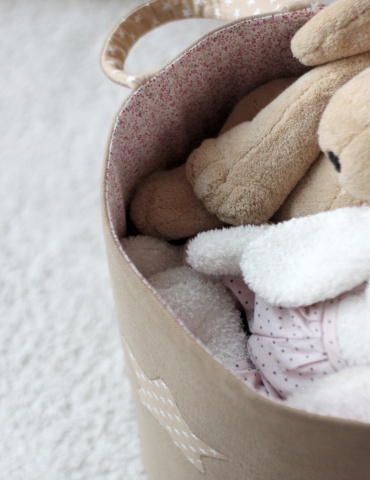

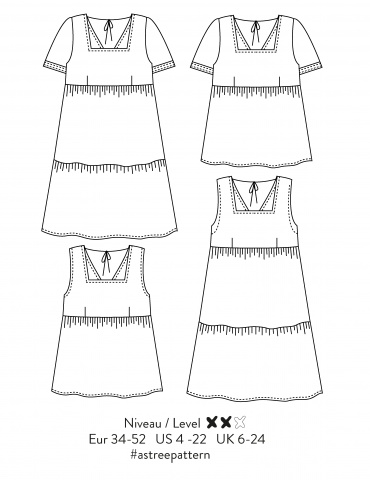

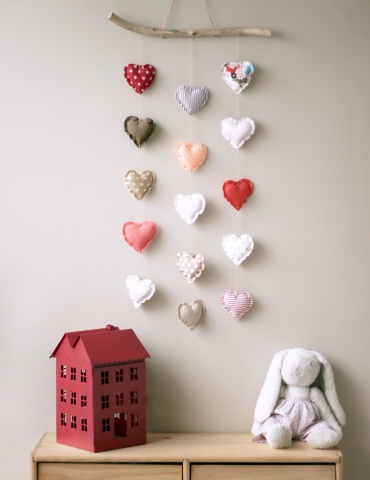



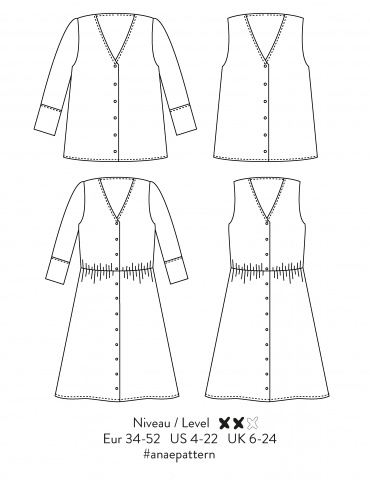

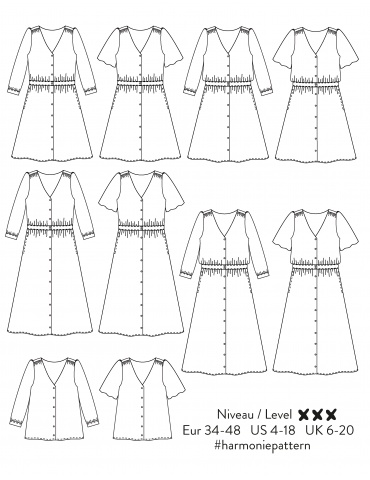



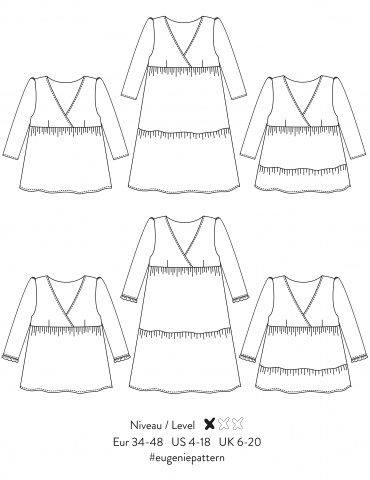

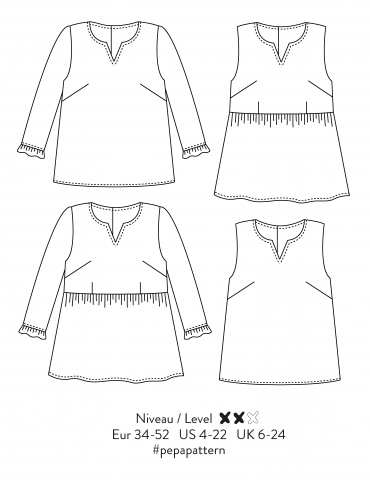

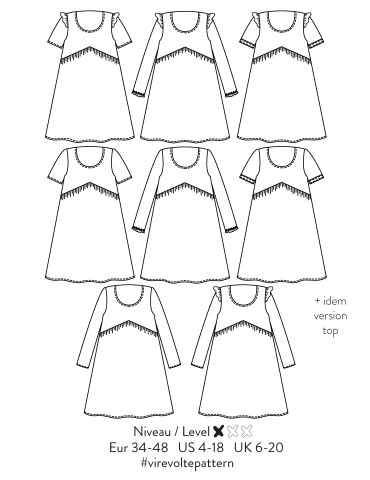

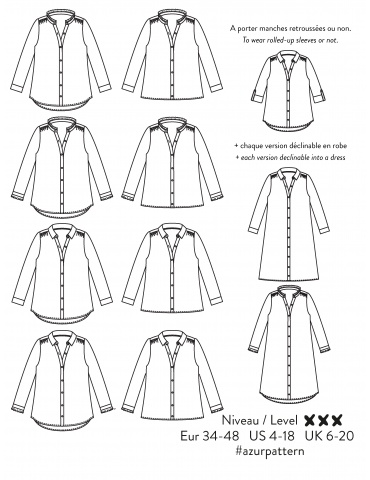

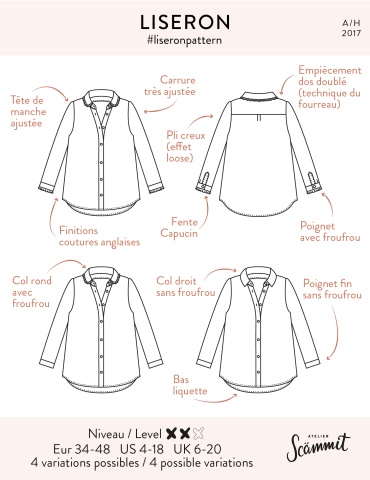

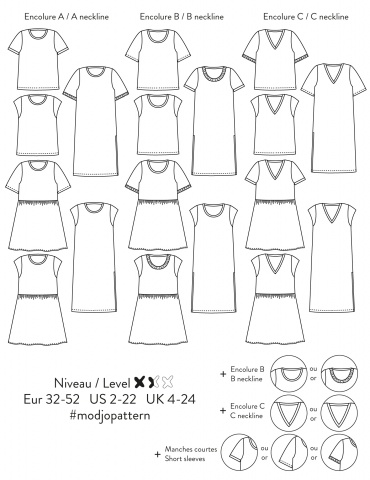

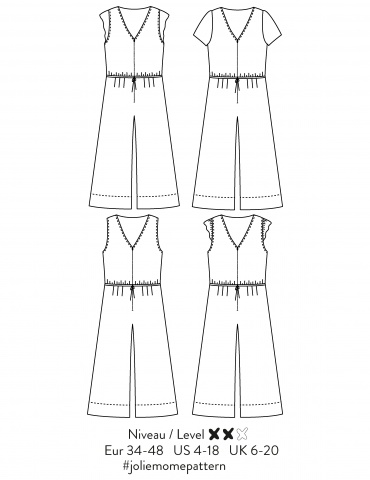

Wow, Joanna, your research and bibliography are impressive. Thank you for taking the time and trouble. I should have expected such detail as I have bought patterns from you, bravo!